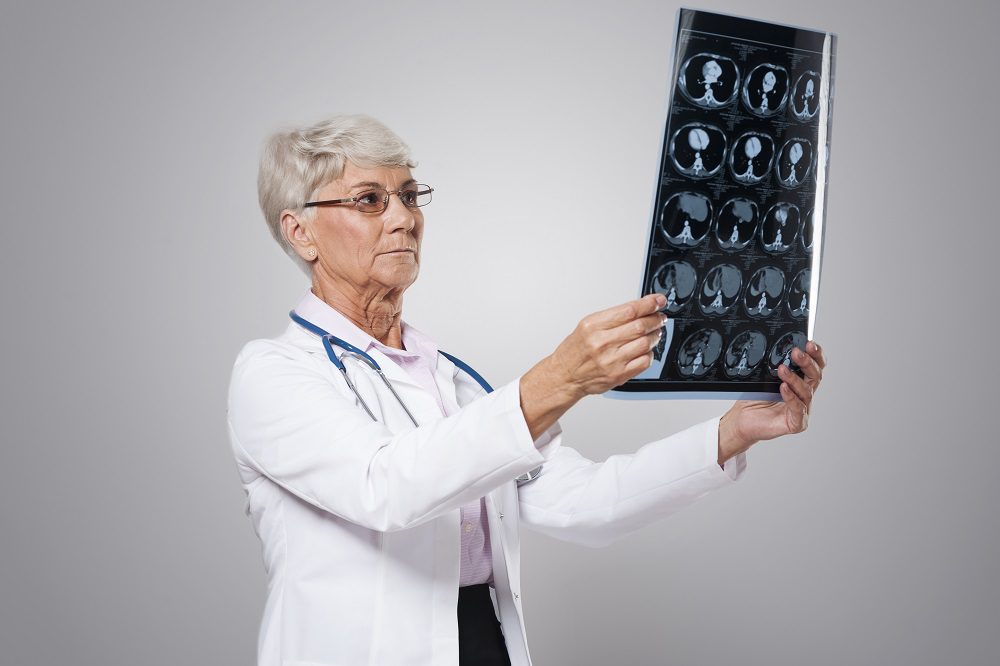Introduction
Agenesis of the corpus callosum (ACC) is a rare phenomenon that might be associated with neuropsychiatric disorders.
Case Presentation
A 28-year-old single, Iranian woman who had a bachelor’s degree in accounting and presented with psychological symptoms.
Medical History
- The patient had no abnormal history of gestational and birth problem or developmental delay.
- Her family history and drug use history were negative.
- The patient did not declare any history of alcohol consumption.
- The patient’s premorbid characteristics included anxiety, dependency, and isolation.
- Her parents stated she had a questionable history of seizure (generalized tonic colonic) during adolescence that was treated with carbamazepine which discontinued from several years ago.
Clinical Evaluation
- Mental status examination showed anxiety, through disorders with persecutory themes and suspicious thinking such as prominent systematic persecutory delusion toward her family. She also claimed previous paranoid delusion about injury from her father.
- No sign of disorganized or disturbed language was found.
- Physical and neurological examination was unremarkable.
- The tests for co-ordination (finger nose test, heel-shin test, and dysdiadochokinesia) were normal. Sensory and motor systems and cranial nerves were intact.
- The result of her I.Q. test was 59.
- Para-clinic studies did not show any significant abnormal finding.
- Lab data including cell blood count and kidney liver function tests were within normal limits. Serum Na and K were 145 and 4.2mmol/L, respectively.
- TSH level was 1.8I U/mL, and beta human chorionic gonadotropin was negative.
- Urine analyses and coagulation profiles as well as routine chest radiograph and electrocardiogram were also within normal limits.
- Urine toxicology was negative for controlled substances, illicit drugs, and alcohol.
Treatment
- The patient had a good response to escitalopram that started with 5 mg/daily and optimized to 10 mg/daily and risperidone that was administered 6 mg/daily.
- After 4 days of admission, some of the symptoms such as anxiety and insomnia were resolved, but she still had paranoid thought toward family.
- She was discharged from hospital after recovery of mood symptoms, while delusional symptoms were persistent with primary impression as provisional schizophrenia.
- In the follow-up, the patient’s psychosis and delusions were persistent and gradually became dominant.
- She was observed closely due to the severity of symptoms in particular for persecutory delusions. Psychosis symptoms diminished gradually during the follow-ups in 2 months.
- Schizophrenia was confirmed as the patient’s diagnosis using structural clinical interview for the Diagnosis and Statistical Manual of Mental Disorder (5th edition).
- The patient underwent a brain MRI considering that she developed with first episode of psychosis and also she had a history of convulsion in childhood.
- Brain MRI was done for the patient which showed different signs of ACC (Fig. 1)
Figure 1. (A) Axial T2 brain MRI sequence with dilatation of the occipital horns of the lateral ventricles (colpocephally). (B) Coronal T2 sequence brain MRI with moose head sign in the lateral and third ventricles. (C) Axial T2 brain MRI sequence with racing car sign of the lateral ventricles. (D) Sagittal T1 brain MRI sequence with complete corpus callosum agenesis (CCA) and radiating midline sulci. (E) Axial T2 sequence brain MRI with tear drop lateral ventricles (long arrow) and Probst bundles (short arrow).
Conclusion
Despite many cases of schizophrenia that may have no brain abnormalities, this was a case report with schizophrenia impression that had complete agenesis of corpus callosum. This case implies the importance of radiologic work-ups in patients with psychiatric problems, particularly when they present with poor response to antipsychotics or bizarre disease course. In such cases, more focus on psychopharmacological approach may be more beneficial.

